GenCell launches grid-independent hydrogen EV charging solution EVOX
Green Car Congress
SEPTEMBER 16, 2022
Israel-based GenCell Energy, a provider of hydrogen and ammonia to power fuel cell solutions, launched GenCell EVOX, a new off-grid EV charging solution that leverages alkaline fuel cells, hydrogen and ammonia to power technologies. The GenCell EVOX solution can service up to 10 75kW DC fast chargers.

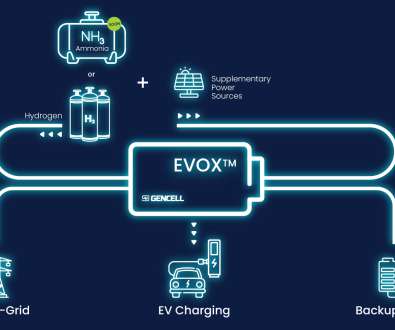
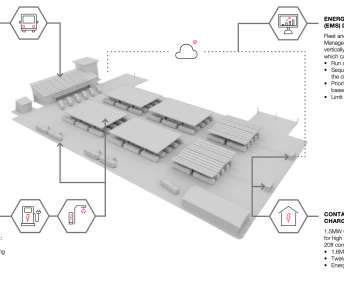




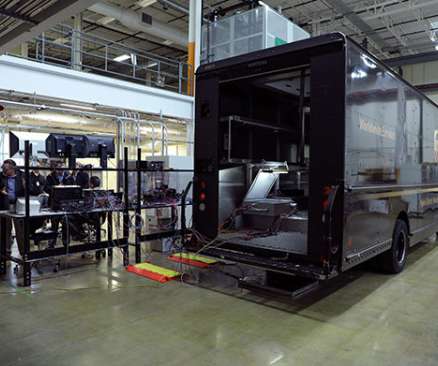

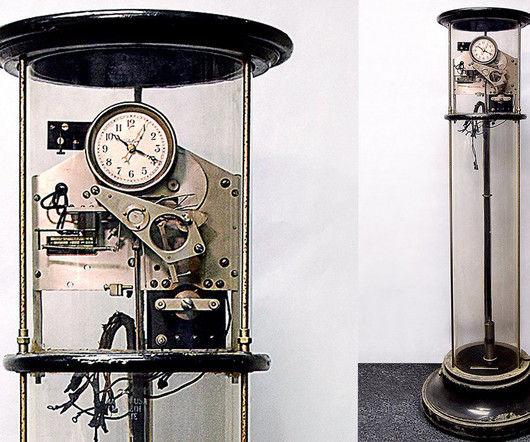










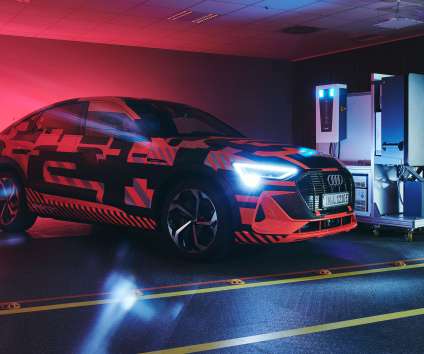



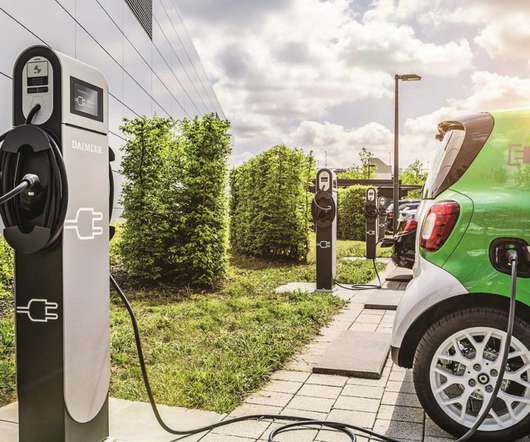
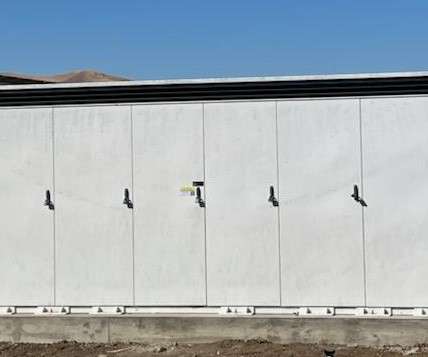

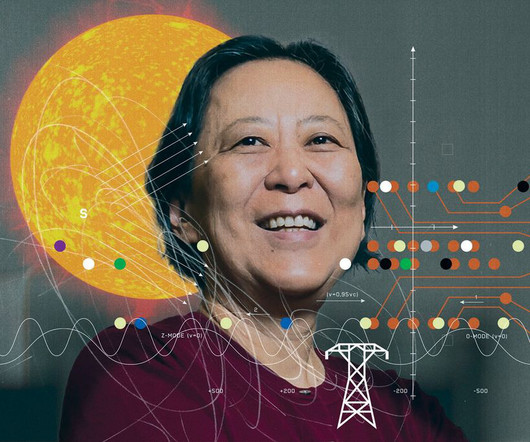
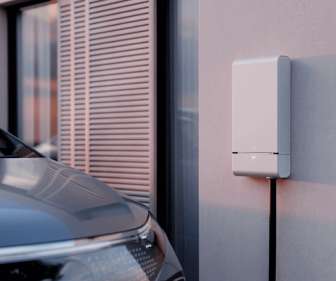





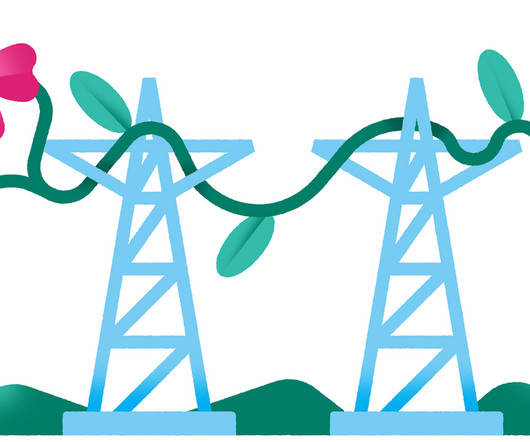






Let's personalize your content